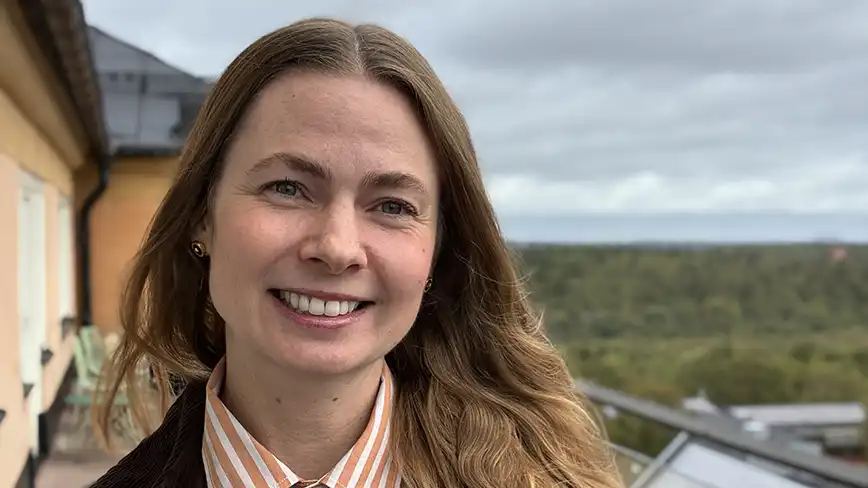The analytical model is an integral part of TauEB for optimisation

Fusion power has the potential to alter the landscape of humanity's energy needs. To reach the high plasma temperatures, densities and confinement times (how long the plasma is confined) required for a full-scale fusion reactor, KTH is working together with Novatron Fusion Group on designing the next experiment, building on the Novatron magnetic field. The collaboration includes optimisation of the magnetic field, analytical models of performance, and simulation of the plasma, within the framework of the TauEB project.
The experiment being designed is aimed at showing scalability to reactor size. Within the project, they develop ananalytical model that makes it possible to quickly evaluate the performance of a potential reactor design. The best performing reactor design is then used as a blueprint when designing the (smaller) experiment.
“To develop the model increases our understanding of the physics in a Novatron plasma. In order to model the plasma, we must understand and model the underlying physics. Using the model to see how the different phenomena interact will then teach us even more about the plasma. How the plasma behaves is a vital part of the project and required to be able to design an optimal reactor concept,” says Katarina Bendtz, computational physicist at Novatron and leading the project developing the analytical model.
Within the framework of TauEB and the collaboration with Novatron Fusion Group, the magnetic field is optimised with respect to important measures of performance. The analytical models being developed can also be used in the optimisation, since they are fast to evaluate. The alternative is to run simulations, which is very time and resource consuming. Simulations are however also used as a complement to the analytical models, when even more physics needs to be included.
Understanding the dynamics behind
An essential part of the project is for example understanding the dynamics behind how the plasma remains or leaks out of the reactor. This is needed to design a reactor suppressing the leakage and thus maximizing the time for fusion reactions.
“When designing the reactor, we are also looking at where and how to heat the plasma and prevent the plasma from leaking out axially, along the field lines.” This involves looking at heating the plasma tandem cells, which are cells with plasma placed outside the so-called central cell. Plasma in the tandem cells can be heated even more to stop the plasma in the central cell from leaking out, “plugging” the central cell. The central cell is the main vessel housing the plasma, which is hot and dense enough to create fusion."
“Within 15 years I believe we or another company or academic institution have solved the fusion quest. And most probably the whole fusion community has contributed to the solution.”
Text: Emelie Smedslund ( emeliesm@kth.se )

